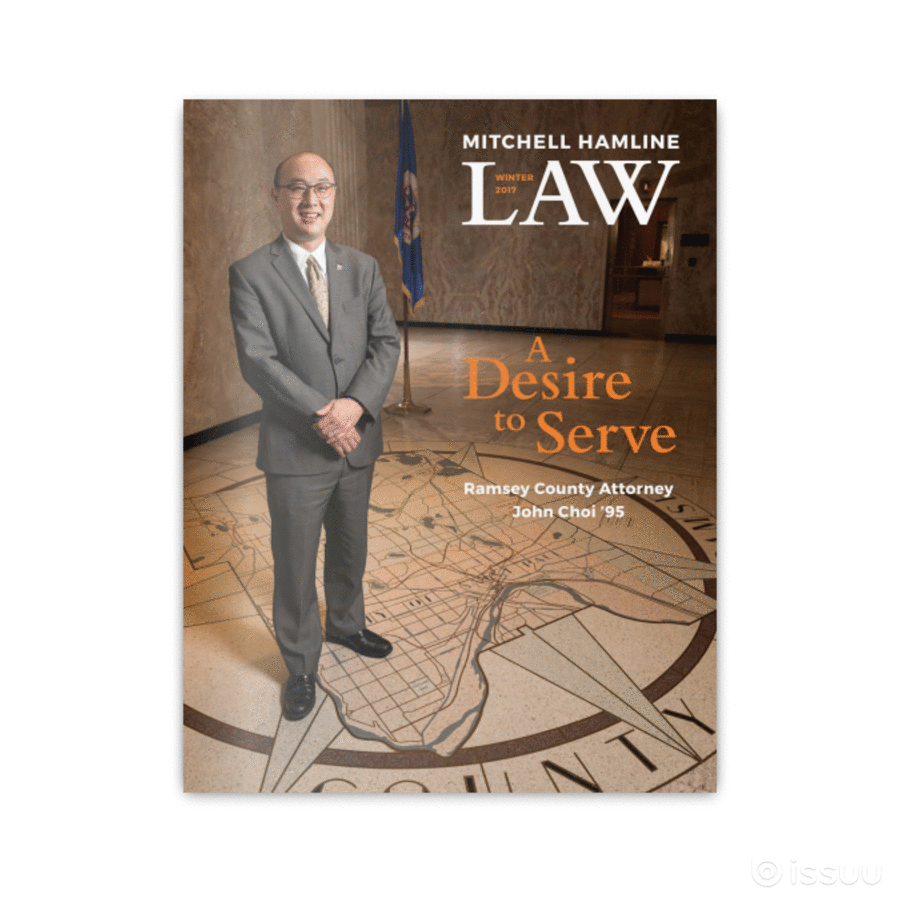By Maja Beckstrom
When Professor R. Carl Moy heads to an undergraduate career fair at the University of Minnesota’s College of Science and Engineering, he brings his graphs.
“Engineers love graphs,” explained Moy, associate director of Mitchell Hamline’s Intellectual Property Institute. First, he pops up a slide showing lifetime median earnings for graduates with science and engineering degrees. Next, he displays the significantly higher income trajectory for patent attorneys.
“That really captures their attention,” he said. “Then we talk about how fun the job is—how patent attorneys are constantly on the cutting edge of technology and involved in big-picture conversations about research and development.”
Moy’s outreach is part of a newly funded effort to increase the number of students at Mitchell Hamline who have the science and engineering backgrounds required to take the patent bar exam. Last year, the Minneapolis patent firm Schwegman Lundberg & Woessner gave the school a three-year gift for targeted recruitment as well as annual scholarships for up to five “patent-eligible” students.
Vice President of Development and Alumni Relations Jodi Glaser called the gift a “four-way win” that clearly benefits the school and students but also responds directly to the needs of the firm and the field of intellectual property—by expanding a shrinking pipeline. Mitchell Hamline professor Kenneth Port has predicted that by 2018 new entrants to the patent bar will number half of what they were in 2008, leading to a “severe shortage.”
The gift has allowed law school faculty and admissions officers to create webinars and marketing materials, travel to Iowa State and the University of Iowa, and host happy hours with free food at a University of Minnesota campus pub where science undergrads mingle with Twin Cities patent attorneys.
“We’ve already seen an immediate bump in patent-eligible students,” said Dean of Admissions Emily Dunsworth.
This year’s entering class includes 28 students with degrees in mechanical, chemical or electrical engineering, chemistry, physics and other hard sciences most sought after by patent firms. That’s double last year’s number. Among them is Sheila Niaz, who graduated in May from the University of St. Thomas with a degree in computer science. She already had a job as a software engineer at a civil engineering firm in the Twin Cities. After seeing Moy’s slides, she realized that she would earn more as a patent attorney, enough to cover law school debt, and that she’d truly enjoy the work.
“I’m still passionate about computer science,” said Niaz. “But I’ll be able to use my science and computer background as a patent attorney. This is the perfect intersection of my interests.”
Maja Beckstrom is a writer and journalist in St. Paul.

